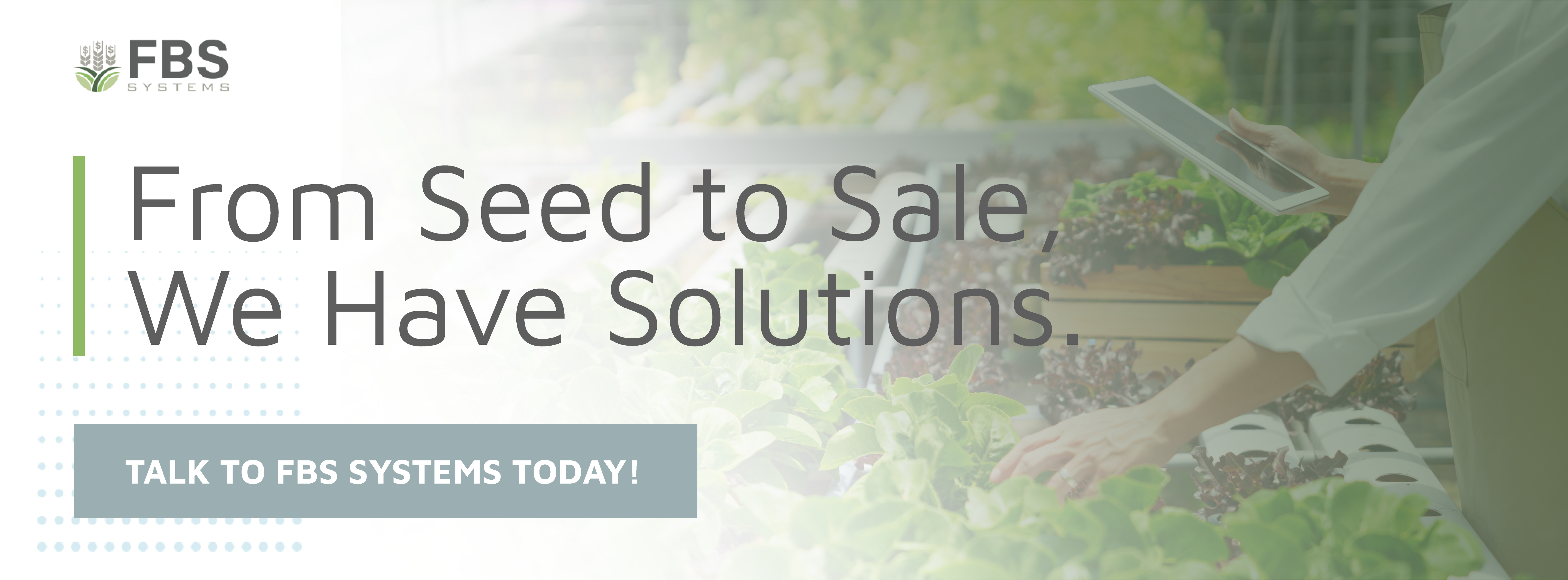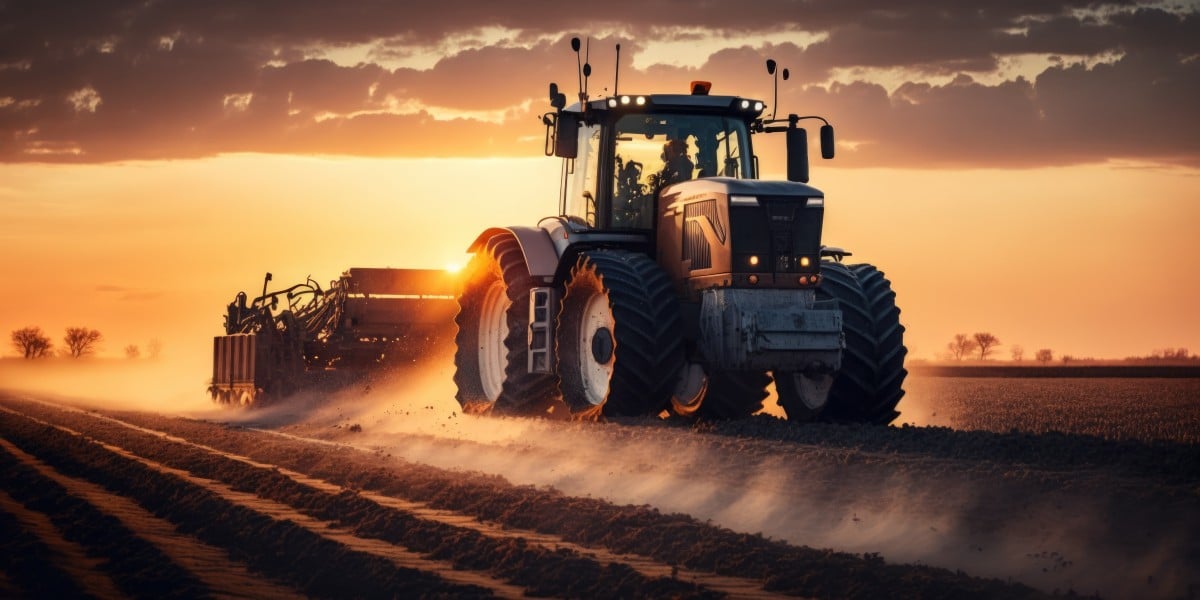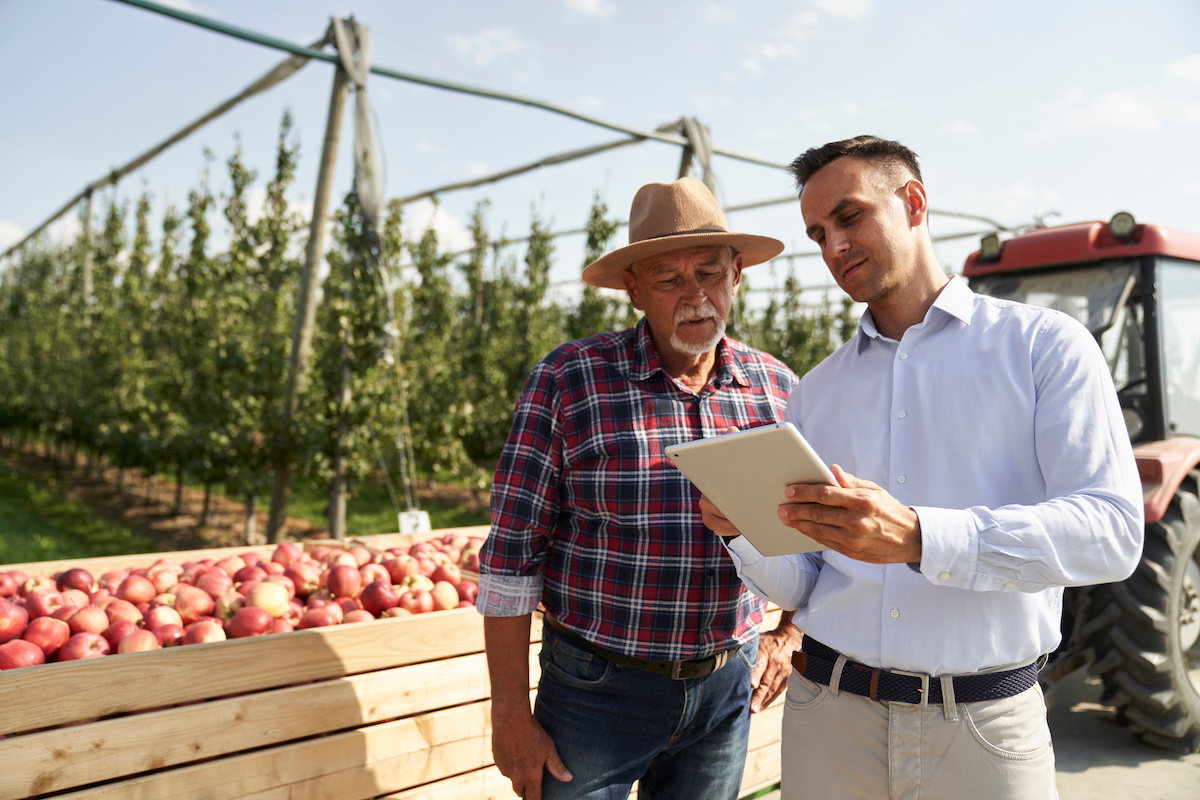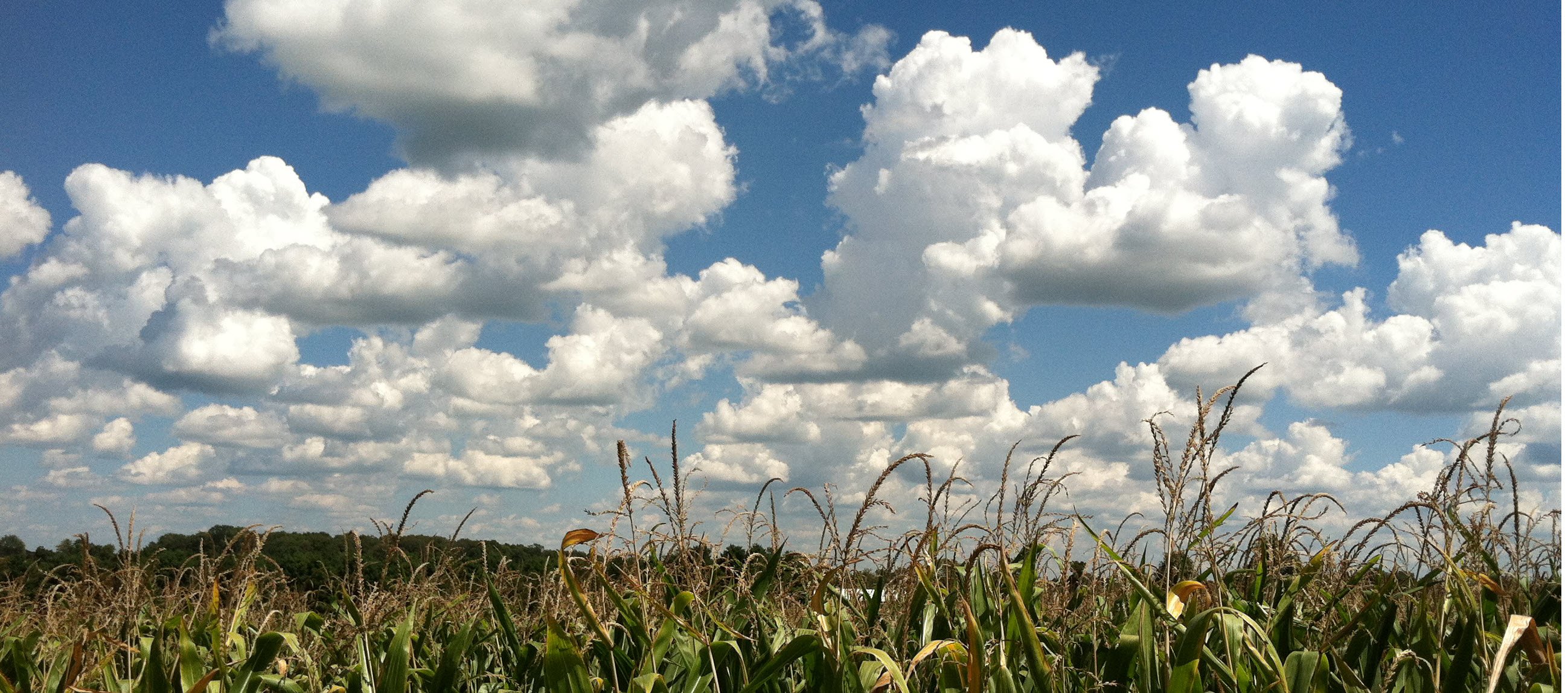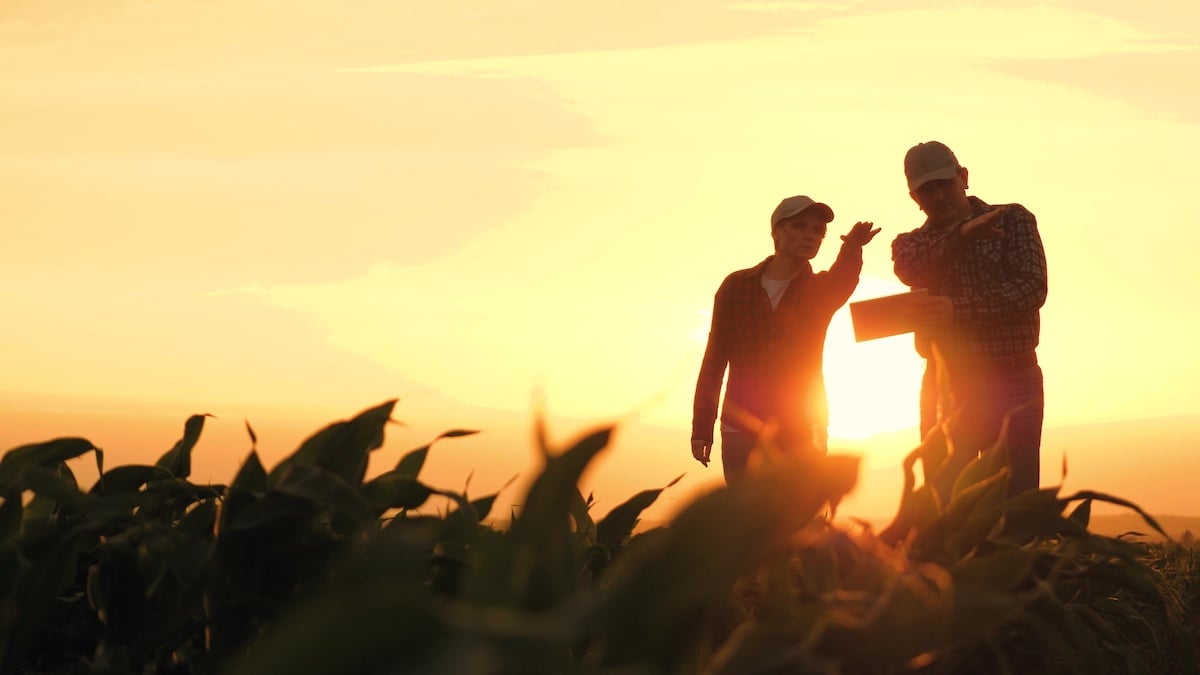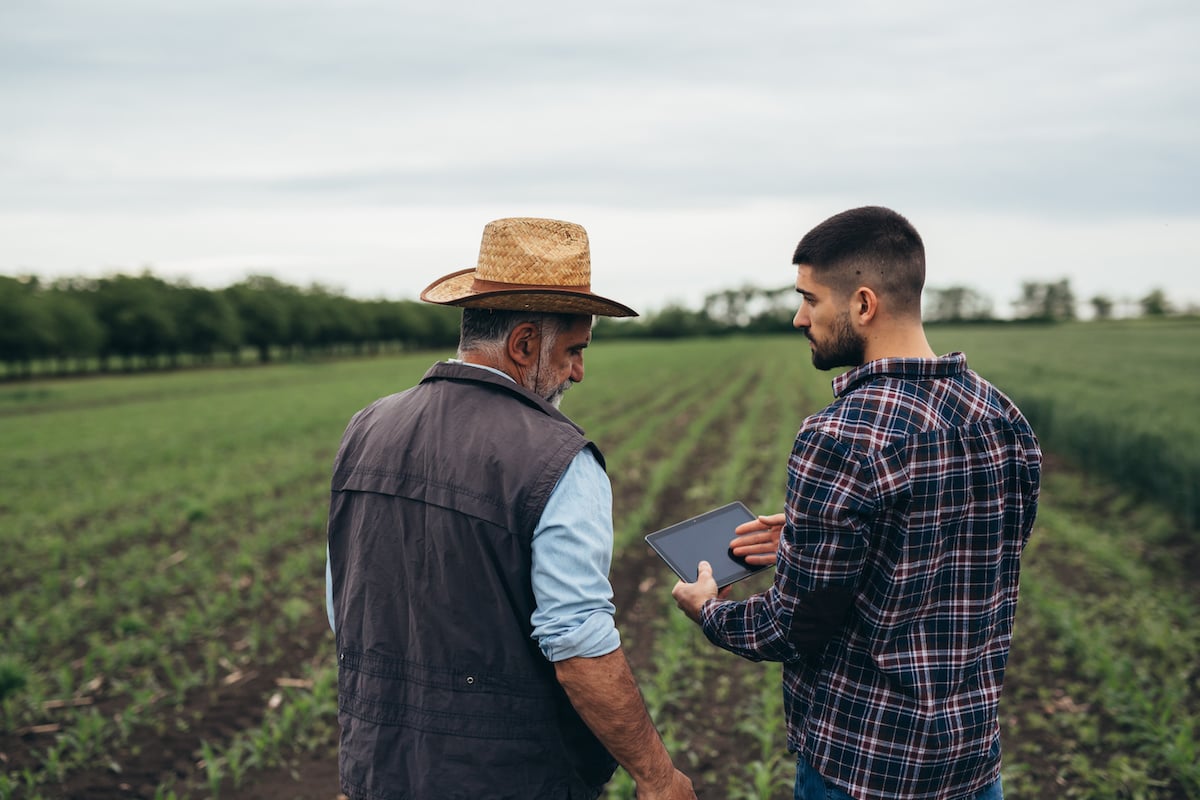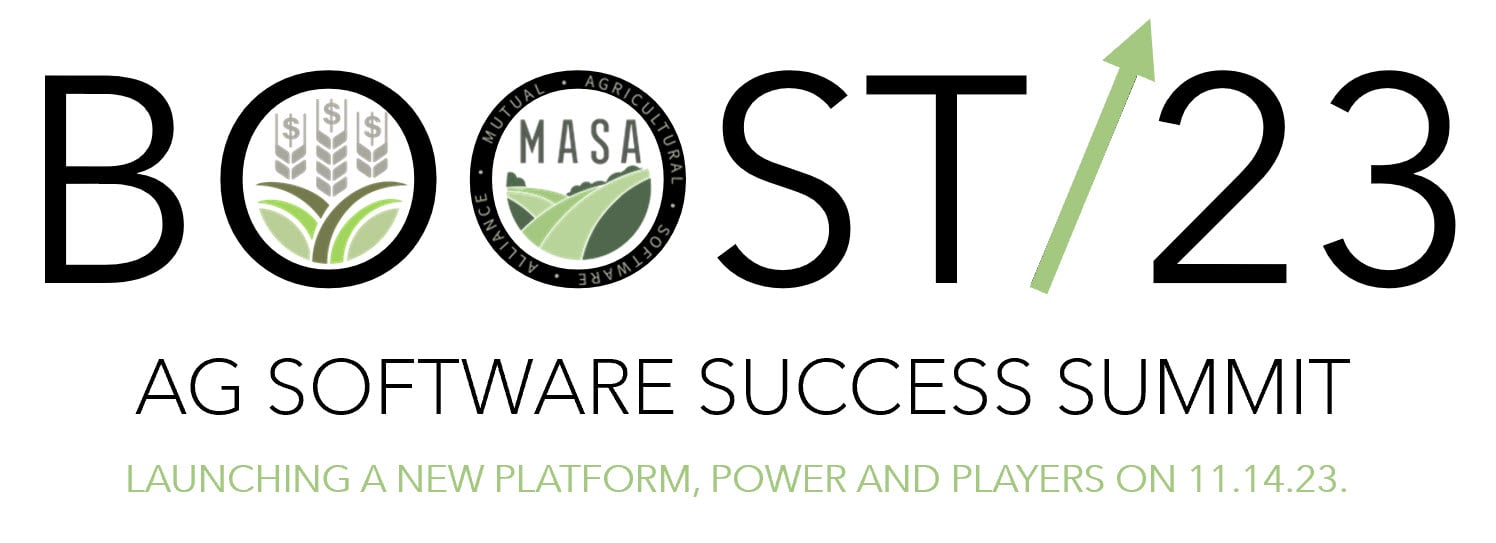Financial management can be a crucial part of ensuring farm profitability. Conversations about the agricultural industry tend to focus more on the production side, whether it’s crops, livestock, or the market impact on those commodities.
However, farm managers know not to underestimate the necessity of understanding profit and cost centers in a farming operation. Having a firm grasp on the basics and knowing how to measure profitability is vital for ensuring the long-term viability of your agricultural business.
Quick Links:
Farm Profitability Basics
Some basic farm financials to understand before trying to determine the profitability of your farm include your variable costs, fixed costs, farm revenue, and net profits. These figures help you understand how profitable your farm is and prepare plans to start optimizing your financial performance.
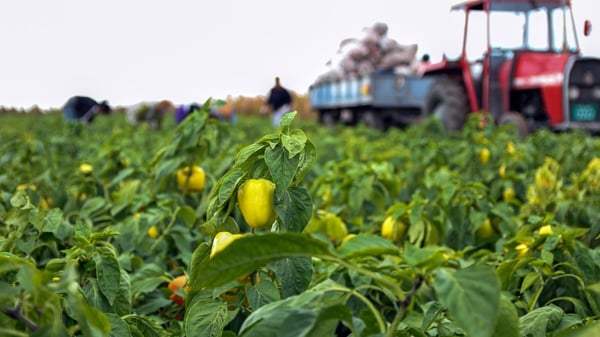
Variable Costs
Variable costs in a farming operation are those expenses that may change from one period to the next. This can include items such as:
- Hourly Labor. Production employees, technicians, and other staff who work on an hourly basis need to be paid. However, the actual cost of hourly labor can vary depending on which employees are working and how long they work. For example, if Steve calls out one day due to illness and Blum has to cover his shifts, Blum may accrue overtime. Alternatively, you may need more labor during specific times of the year for harvesting, processing crops, or other short-term tasks.
- Crop Insurance. While insurance premiums tend to stay relatively stable from month to month, the cost of multiple peril crop insurance (MCPI), crop revenue insurance, and other forms of crop insurance may vary from one quarter or year to the next depending on the level of risk the insurers feel there is in insuring a particular type of crop.
- Seed Costs. Securing seed for your next planting can have a variable cost for each crop depending on demand, where you source your seeds, and other variables.
- Herbicide/Pesticide Costs. Your spending on herbicide, pesticide, and other chemical preventatives may vary depending on the type of crop you’re growing, the pervasiveness of pests or weeds in your area for a given time of year, and the acreage of your farming plot.
- Fertilizer. The current demand for fertilizer vs supply, the acreage you need covered, and the type of fertilizer you use could result in variations in cost from month to month.
- Fuel Costs. You may need to run different pieces of farm equipment at different times of the year, fuel prices can change daily, and vehicle maintenance can impact the fuel efficiency of your tractors and other equipment. This can lead to a high degree of volatility in your fuel expenses.
Cataloging your variable costs and creating average estimates for all of them and projecting where these costs will trend (either downward or upward) is important for ensuring that you have the funds available to cover them and can maintain profitability in your farming business.
Fixed Costs (DIRTI 5)
Fixed costs are costs that do not change regardless of your farm’s output, which includes the DIRTI 5. The “DIRTI 5” is an acronym for Depreciation, Interest, Repairs, Taxes, and Insurance.
- Depreciation. Fixed depreciation in the value of held assets regardless of use can be categorized as a fixed expense. Meanwhile, depreciation arising from an asset’s continued use would be classified as a variable cost since it would change depending on how heavily the asset was used.
- Mortgages/Loan Interest. If you bought your farmland, the interest would be a fixed cost (assuming the loan is a fixed-rate mortgage—some loans may have variable-rate terms with changing payments, making them a variable cost).
- Equipment Repairs. Farm equipment will need a certain amount of upkeep to remain fully functional for prolonged periods of time. The amount of repair needed may fluctuate with use but is typically within 5% of the purchase cost of that equipment (Source: MSU). The more heavily a piece of equipment is used, the more maintenance it will require over time. Structures, on the other hand, will need regular maintenance, making their repair more of a fixed cost outside of abnormal situations resulting in damage to the facility.
-
Rent. If rent must be paid regardless of the level of production, it can also be included in fixed costs.
- Taxes. Owning large tracts of land and operating a business goes hand-in-hand with paying taxes to the government. While there are some strategies for minimizing the impact of taxes on your farm’s revenue during tax season, regular contributions need to be made to pay taxes for owned property throughout the year—making them a fixed operational cost.
- Insurance. Insurance for farming can take many forms, such as employee health/life insurance, property insurance, and motor vehicle/farm equipment insurance to protect against catastrophic equipment failures and pay for the replacement of damaged equipment. These costs should remain relatively consistent from month to month, though they may go up or down over time as the insurance industry experiences change.
Basically, if it’s a cost you would pay even if your farm produced no output, is a function of time, isn’t relevant to determining the optimum level of use for an asset, and is associated with at least one fixed resource on your farm, it could be classified as a fixed cost.
The great thing with fixed costs is they’re easy to plan around—you know when each of these costs will come due and how much you’ll owe. There should be no surprises with your fixed costs.
Farm Revenue
How much money does your farm make from its normal business operations? In many businesses, revenue (also known as gross income/revenue) is calculated as the average sales price of a product multiplied by the number of units sold.
For farm revenue, you would take the price of your crops by whichever unit weight/group you sold them in, and multiply that by how many units you sold. For example, say that you sell potatoes by the ton. If the average price per ton for potatoes were $524, and you sold 100 tons of potatoes, your revenue for those potatoes would be $52,400. You would then repeat this calculation for each crop type sold and add the results together to determine your farm’s total gross revenue.
Net Profits
Net profits are your profits after you remove the cost of all your fixed and variable expenses. For example, say that your total expenses for the period between January and March are $975,000 and your profits in that same time period are $1.25 million. Your net profits in this case would be $275,000.
The Maryland Cooperative Extension represents the formula like this:
Income - Operating Costs- Depreciation= Net Farm Profit
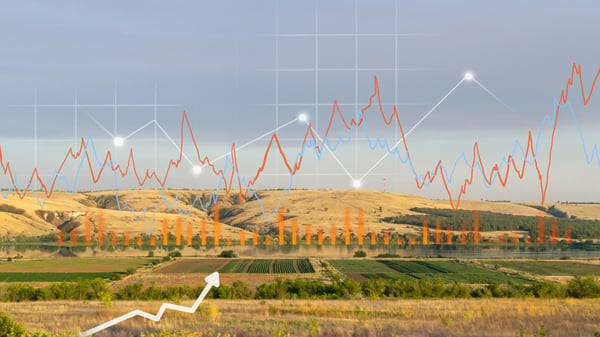 How Is Farm Profitability Measured?
How Is Farm Profitability Measured?
It’s important to note that “profit” and “profitability” are not the same for a farming business. While profits are an important part of profitability, the latter needs to consider not just the raw money earned, but how successful the business is compared to the investment put into it.
For example, say a small independent farm owner turns a net profit of $60,000 in a year—making $180,000 after investing $120,000 into the business (or a 50% profit ratio). That’s a decent profit ratio for a single operator who doesn’t have to split those profits.
However, say a larger farming group also turned a $60,000/year profit. But these farmers made $960,000 off of a $900,000 investment—which is closer to a 6.6% profit-to-investment ratio. This profit then has to be split amongst several partners instead of a single business owner.
Some ways that farm profitability can be measured include:
Net Farm Income
How much income does the operator of a farm “take home” after all of their costs (including cash expenses and household expenses) are tallied?
Net farm income is different from the net farm profit, which is typically used to calculate tax obligations for the business. Instead, net farm income is used to calculate return on equity and to benchmark financial performance. The two terms are similar sounding, but there is a difference for accounting purposes.
Earnings Before Interest, Taxes, Depreciation, and Amortization (EBITDA)
EBITDA is a fairly common way for businesses to measure their earnings in a way that adds their interest, taxes, depreciation, and amortization expenses. It’s an alternative method of measuring profitability to net farm income and serves as a measure of the “cash profit” of a farm’s operations.
However, this isn’t always a valuable means of expressing true profitability. As noted by the U.S. Securities and Exchange Commission (SEC), EBITDA may “violate Rule 100(b) of Regulation G because they cause the presentation of the non-GAAP measure to be misleading.” It may overrepresent the earnings of a farming business, creating a skewed evaluation that is more optimistic than is proper.
Profit Margin Ratio
How much money did you earn compared to the amount you spent generating that income? A profit margin ratio is a measure of how much money you’ve earned vs your spending and represents how effectively your farm can generate net income from your expenses.
Profit margin ratios are typically expressed as a percentage of your net income divided by your net sales. Net sales is your gross sales less any refunds/returns. So, if your net farm income is $100,000 and your net sales $500,000, then your profit margin ratio would be 20%.
ROI on Farm Assets
What’s the rate of return on your farm assets? How much net farm income and farm interest expenses, less your labor and management, are you experiencing versus the total value of your farm assets?
Return on investment (ROI) on farm assets—also rendered as ROA (rate of return on farm assets)—attempts to calculate how effectively assets are being leveraged in your farming business. Farm and Dairy posits a “competitive level” of 10% ROI on farm assets. In other words, for a farming operation to be considered competitive, it would need to achieve an ROI of 10% or more from its assets.
ROI on Farm Equity
How much return on equity has your farm generated versus its total net worth? Rate of return on equity measures how much money your farm makes as a percentage of the total net worth of your investments into the business.
Return on equity is your net income less the value of your own unpaid labor and management as an operator. The value of your labor should be based on what it would take to hire someone else to do an equivalent amount of work in labor and management on your farm.
So, the formula for rate of return on equity for a farm is your return on equity divided by your farm’s net worth. If your return on equity is $40,000 and your farm’s net worth is $1 million dollars, your return on equity would be 4%.
How to Improve Farm Profitability
You’ve run the numbers, taking a look at all of your variable and fixed expenses, the profit margins on each of your crops, and the equity you have in your farm. What can you do with that information to improve profitability in your agricultural business?
Here are a few ideas to help you improve farm profitability:
- Check for Variable Expenses to Cut. Are there currently any wasteful factors in your variable expenses? For example, could you source a less expensive pesticide for your crops, improve staffing to avoid overtime expenses, or make proactive repairs to farming equipment to improve fuel and operational efficiency?
- Investigate Larger Market Trends. Are certain crops at risk of being in short supply in the coming months? Are more consumers looking for a specific type of crop? Looking at market trends can be useful for optimizing crop choice to maximize profits and profitability.
- Invest in New Technologies. Are there new solutions or technologies that could help you improve productivity or efficiency in your farming operations? Could you increase crop yields, harvest more acreage with less labor, or better preserve harvested crops for later sale with technology that’s already well-established in the farming industry?
- Look for Tax Advantages. There are many programs that can be used to help farming businesses reduce the impact of taxes on their profit margins. Investigating these tax deductions and if you qualify for them can help you improve profitability. You may also want to investigate other government programs that can help fund your farming operations at a lower long-term cost than a bank loan.
These are just a few basic ideas for improving profitability in your farm. If you’re ready to talk to a team who’s got the EXPERIENCE AND EXPERTISE you need, from accounting to farm management, GET IN TOUCH with FBS Systems today and let’s start growing together.